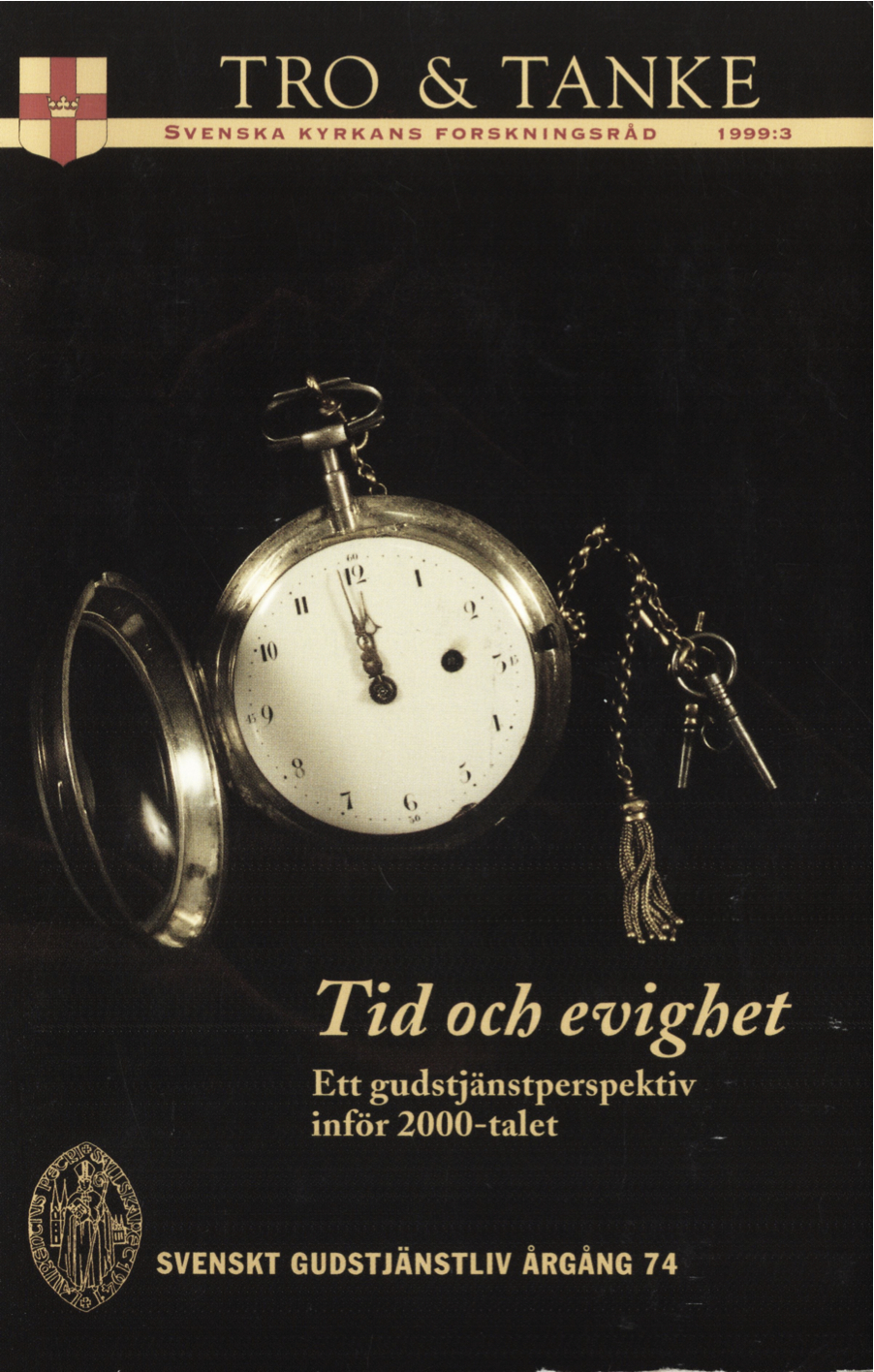Tid, minne, rit
Abstract
Half a century ago, the Swiss exegete Oscar Cullmann presented two very much discussed theses on Christ and time: (1) The Bible contains a linear conception of time, in contrast to the Hellenistic cyclic view. This thesis seems partly right: the Bible reckons with a beginning of time through God’s creation and a completion of it at Christ’s second coming. There is, however, a cyclic element in the Old Testament’s annular celebrations of Passover and other festivals, also serving as models for Christian Eastern and Eucharist celebrations. (2) Christ is “the centre of time”. Cullmann here rightly stresses the New Testament’s Christocentric interpretation of time, but when he claims continuity between “this age” (aiön) and “the age to come”, both being categories of “time” with Christ as the “centre” between them, then Cullmann certainly disregards the qualitative difference between the two “ages”.
In the divine service, says Cullmann, the whole course of God’s salvific actions becomes actualized through Christ. This line of interpretation was further developed by more recent exegetes especially stressing the liturgical term anamnesis, memory/memorial, taken over from the Jewish Passover liturgy by Christ when He instituted the Eucharist. The term implies the representation and present efficacy of God’s salvific work when celebrated by God’s people in a liturgy. The borders of time are transcended in the eucharistic service.
St. Augustine stressed the connection between time and memory. The unique capacity of memory is to survey and comprise the three moments of time: past, present, and future. From experiences kept in memory, we formulate our plans and expectations for the future. Thus, memory is the main foundation of personality, and also a distinctive feature in the image of Cod: the capacity to survey time reflects God’s eternity.
The connection between time, memory, and ritual is emphasized in actual research within religious and pastoral psychology. Through a person’s life cycle there are many ritual experiences. The deepest ones, and those with a meaning-making function, may be called religious. A person who has evolved a life crisis, needs to progress through his/her life cycle in search of meaning-making episodes and rituals. This progression can be understood as the adding of memory and meaning from the past to the present, and from the present to the interpretation of the past. This may result in rediscovering religious rituals which gave support and comfort in the past and which could be of help for overcoming the present crisis.
Christian identity is nourished and confirmed in the divine service. The memorial aspect of Christian liturgy has deep roots in the human mind, with memory as the basis for somebody’s personality. This facilitates an integration of personal memory and liturgical memorials. Personal identity is understood as Christian identity.
Downloads
Publicerad
Nummer
Sektion
Licens
© författarna, Laurentius Petri Sällskapet för svenskt gudstjänstliv samt Artos & Norma bokförlag. Det är tillåtet att kopiera och använda material ur Svenskt Gudstjänstliv för forskningsändamål om källan anges. För övriga ändamål kontakta respektive artikelförfattare samt förlaget. Särskilda restriktioner kan gälla för bildmaterial.


